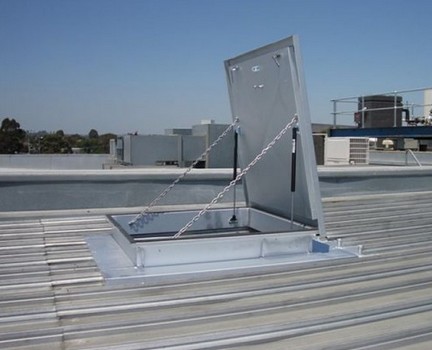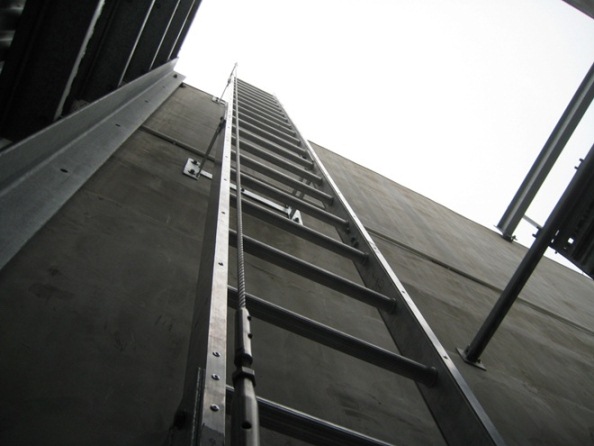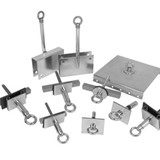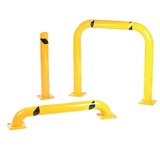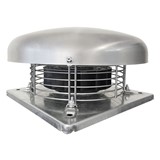Here are 10 things every facility manager should know about roof safety.
1. General requirements for roof access systems
OHS legislation dictates that the "controller of the workplace" provides a safe work environment, including roof access. The states have varying fall prevention hierarchies, but a risk assessment should be conducted to determine what protection devices are practicable.
2. Upgrading roof access systems of older buildings
While older buildings may have conformed with the BCA and Building Regulations when they were first constructed, the requirement is that employers must provide a safe workplace and comply with current OHS legislation.
3. Compliance with AS 1657
Buildings must comply with the Australian Standard, including appropriate ladders and stairs as covered under AS 1657. There is another benefit that coincides with compliance. Meeting the requirements of AS 1657 affords an exemption to the requirement for ongoing risk assessment and training.
4. Walkways and guardrails on the roof
The facility manager should perform a risk assessment according to the state hierarchy of controls. This process, combined with AS 1657, will dictate requirements. In general, guardrails should be incorporated where possible. They can also be matched with walkways, which serve a dual purpose of reducing the risk of falls and protecting the roof's surface.
5. Wire mesh as a long-term fall protection
While wire mesh can be installed under Laserlite as a temporary solution, typically during construction or while performing roof maintenance or repairs, it is not a long-term answer. There are several variables that undermine its integrity; regular inspections would be required to ensure ongoing stability.
6. Safety and unprotected edges
Any area that represents a fall hazard of over two meters from the ground is considered an unprotected edge. The distance one can safely work from an unprotected edge varies based on the pitch of the roof.
Legislation uses "in close proximity", a fluid term that recognises the difficulty of stopping on a steep pitch. A risk assessment should be performed and the facility manager should establish quantifiable guidelines for operating around unprotected edges.
7. Parapet height
The ideal height of a parapet is one metre. Measured from the edge of the roof's standing surface, it should provide adequate fall protection next to a flat surface.
8. Restricting roof access
It's always a good idea to limit roof access to those with a legitimate purpose for being there. The extent of the restriction varies based on the afforded level of fall protection. A roof with walkways, guardrails and parapets poses a relatively low risk. However, if Level 3 or 4 restraints are being employed, access should be restricted to employees with proper training.
9. Requiring permits for roof access
This is one of the best ways to restrict roof access. The details from No. 8 will direct how strict the system needs to be.
10. Signage
Signs are helpful in identifying danger, but shouldn't be considered a stand-alone fall prevention protocol. Signs should be used in conjunction with other measures.

